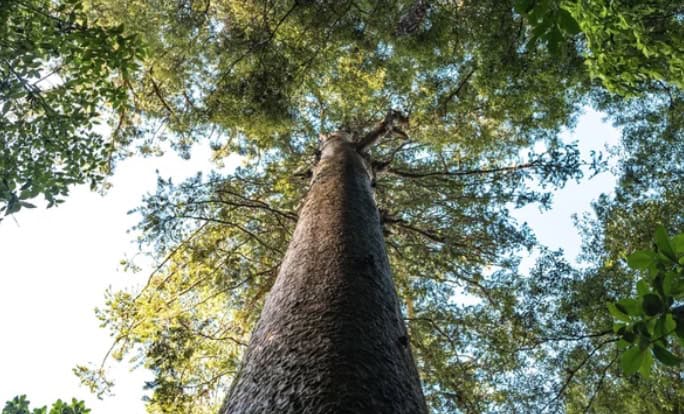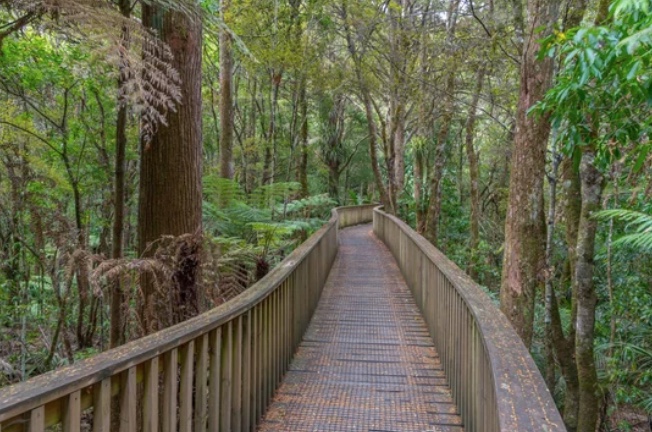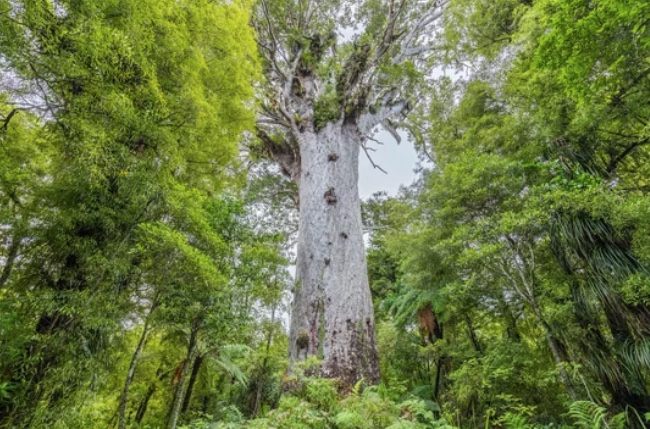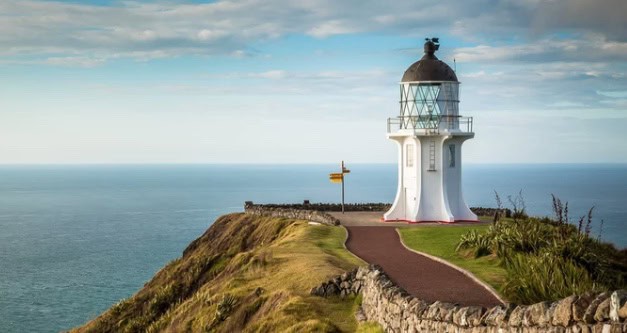Tāne Mahuta, also known as the “God of the Forest,” is a massive kauri tree (Agathis australis) located in the Waipoua Forest of the Northland Region in New Zealand. Although its exact age remains unknown, it is estimated to be between 1,250 and 2,500 years old, making it one of the oldest living trees in the world. Standing as the largest known living kauri tree, Tāne Mahuta reaches an impressive height of 51.2 meters (167.8 feet) with a girth of 13.77 meters (45.2 feet). The tree is named after Tāne, the Māori god of forests and birds, honoring its profound significance in Māori culture.
Tāne Mahuta is a living testament to the ancient subtropical rainforest that once thrived on the Northland Peninsula, though much of it has been cleared over the years. It stands alongside other giant kauri trees in the area, with Te Matua Ngahere being another notable example. While both trees are revered in New Zealand, Tāne Mahuta is the most famous, drawing visitors from around the world.
The tree was first discovered and identified in early January 1924 during a survey for the construction of State Highway 12 through the forest. Later, in 1928, Nicholas Yakas and other bushmen, who were working on the road project, also recognized the significance of the giant tree. Today, Tāne Mahuta continues to stand as a living monument to New Zealand’s natural heritage, attracting tourists and researchers alike who come to witness its awe-inspiring presence.








